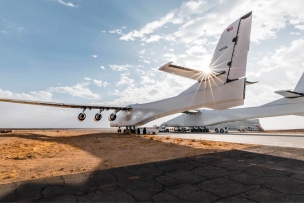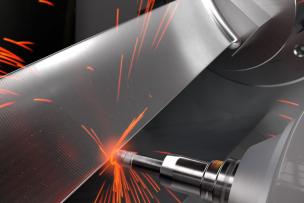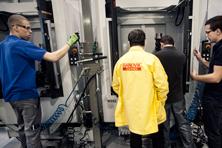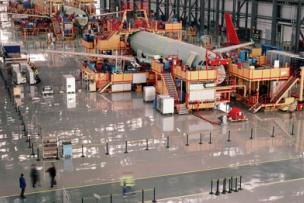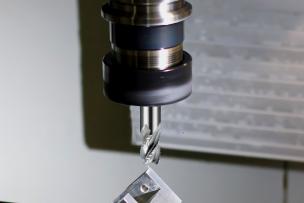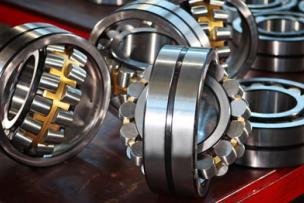When dealing with hard-to-machine typical aerospace materials, cutting tool functionality defines the existing level of productivity.
Airlines stand in the face of mounting environmental criticism – the introduction of emissions taxations, and ever-increasingly ‘green-conscious’ travellers – so are electric planes the future of air travel?
As nickel-based components become increasingly prevalent, the demand for optimized tools grows. Ceramic end mills offer a more productive method of milling nickel-based alloys compared to standard carbide end mills.
2020-Jun-03 | 1:00 pm EDT
How the aerospace manufacturing and parts industries are coping in the wake of the COVID-19 crisis.
The S-Carb Advanced Productivity Rougher (APR) from KYOCERA SGS Precision Tools was engineered for high power, high-efficiency machining of aluminum aerospace structural parts.
Aircraft manufacturers aim to save weight in order to reduce both fuel consumption and environmental impact. This has led to a 50% increase in the use of composite materials.
One common application for using cBN grinding wheels is on nickel-based superalloys in the aerospace industry. These superalloys are being used in next-generation aircraft engines, driven by good thermal stability at high engine operating temperatures.
Advanced abrasive solutions can outperform traditional machining processes for operational savings.
Cost factors drive the continuing evolution of aircraft bearing materials.

